When it comes to selecting a security camera for your home or business, there are so many choices it can be daunting. After some thought, we’ve done some research and thought it would be a great time to do a how-to guide with some foundational knowledge and best practice ideas to get you started.
What do you want to achieve?
The first thing to consider is to figure out what you want to achieve with your security cameras. Whether this is complete coverage of your property, awareness of movement and presence of people, or simple coverage of access and egress pathways.
This is where the DORI model for camera selection comes into play. DORI stands for Detection, Observation, Recognition and Identification and, contrary to the standard misconception that you want high resolution for the maximum coverage, the model brings into focus — pun intended — how to select and place your cameras a bit better.
Detection: I can see you
The Detection zone around your home is specifically intended to bring awareness to the fringes of your property. Whether this is around your home or business, if you need to know that people are there it’s the perfect starting point.
These cameras typically don’t need to be high resolution as they’re only to alert you to presence. For instance, having 4K footage of a car that has come past my driveway isn’t hugely useful to me. But the awareness that someone has come onto my driveway is often useful as I get a lot of couriers throughout the week.
Cameras covering the Detection Zone should maximise coverage at the outer edges of your property. Ideally, you should be able to know reliably, when a person enters your property. So a 1080p camera with a relatively wide-angle lens is considered to be a good choice.
Observation: Get off my lawn!
When people enter the observation zone, versus a passing car or someone on a nearby footpath they’re likely there with intent. Whether that intent is to visit you or otherwise, it’s worth having a better capacity to see more about them and what they’re doing.
While you don’t need to be able to see whether they’ve got slip-on shoes or sneakers on, being able to see whether they’re carrying something like a package for delivery, a tool bag or something else is useful. If for no other reason than this is now a point where — as stated — the person is on your property with some intent, and “in range” of your home or business.
This is the camera range where you figure out why someone is coming to your house. By the DORI model, it should be a more focused lens with (ideally) a higher resolution to capture clearer detail about the person, their attire and activities.
Recognition and Identification: It all becomes clearer
The recognition and Identification zone is, exactly as it sounds, where you want to be able to clearly recognise (if you know them) or identify individuals. This includes facial features, clothing and any other identifying marks such as tattoos or significant body features.
As these cameras would typically be placed at potential entry and exit points to buildings eg. doors and windows, they’re by far the best opportunity to catch a look at your visitors. So having these directed correctly and at a high resolution in order to capture really clear details is best practice.
Other cameras and purposes
Obviously, the DORI model doesn’t cater to a lot of “what if” scenarios. Such as what if I want to capture licence plates of cars. That in itself is a very difficult proposition as they’re typically moving and not at the focal length of your camera. To achieve this reliably you’ll typically need to have a camera focused at the correct height, focused on a specific distance and have the cars travelling on a consistent trajectory. But you’re also far more likely to be talking to an industry expert as this is a somewhat niche need, so the best advice I’ll offer here is to consult with experts on your needs.
Camera Placement: Maximising visibility, but also protecting your investment
When it comes to placing your cameras, there’s a really fine line between having your camera’s functionality maximised, the best visibility across your property and protecting your cameras from malicious intent.
Where can it go wrong?
When placing your cameras, what you want to do is maximise visibility across your property so having some height is ideal. But having the camera too high will lead to footage that’s not hugely useful in terms of recognising or identifying people on the property because all you see is the top of their heads.
On the other hand, having your camera too low can make it vulnerable to vandalism or unwanted disconnection by third parties.
If you’re unable to mount your cameras high enough to outright prevent these attacks, there are ways to provide some protection to your cameras. The easiest way is to ensure that unwanted visitors are always on camera, this can be achieved by either:
- Placing cameras in corners of your building where there is no way to approach the camera without being seen
- Having cameras “cover” each other so that there is no way to access your cameras without being recorded. So, if someone is damaging one camera, they are captured by another in the act
The other consideration is maximising your vision and appropriately using the field of view. The best way to achieve this is by aiming your camera to best capture the space around it.
What is meant by this is, despite how stunning it may be, your cameras are for observing your property and not watching the hills: Don’t waste your available viewable area by aiming your camera too high and capturing the skyline, people aren’t likely to be there. Bring that angle down to cover your property and tune your detection zones to suit your needs.
By the same logic, choosing a camera that perhaps has a narrow field of vision to cover an alleyway where a wider angle will be wasted looking at a fence or wall. This isn’t just a problem because you’re wasting some of your camera’s capacity, it’s also an issue because you’ll get reflected Infrared light which has the effect of blinding your camera at night.
Get a camera with person and vehicle detection
It seems like a really simple comment, but it’s far more important than many people realise. Something as simple as a tree moving in the frame can cause motion events on your camera. If this happens frequently enough, causing false notifications, you’re going to get frustrated quickly and potentially turn off notifications which in most cases defeats the purpose of the system.
So it’s important to get a camera that recognises people and vehicles to avoid this aggravation, while also improving the observation capabilities of your system. For Wi-Fi cameras, these typically will come with a subscription of some sort to fully utilise the capabilities of your cameras.
Ultimately, if you’re doing this at home and on a budget you’re not going to have a full DORI system in place. You’re going to compromise on what cameras and positions you’re going to use them in.
Selecting cameras
As you can see above, there’s a lot to consider here when it comes to the selection of cameras and that’s before you really start exploring the options. When you consider the Wi-Fi vs Power over Ethernet (PoE) with a Network Video Recorder (NVR) or direct link Digital Video Recorder (DVR) then the selection choices multiply quickly.
NB. NVR options are Ethernet-based where DVR is a coaxial connection. Both require cables to be run and can be remotely accessed, but it’s worth noting that the PoE option is significantly more versatile for moving both cameras and the recording station.
The NVR option can often result in a good solution that’s cost effective, but requires you to run cables. That’s not something that all buyers want or have the capability to do for a variety of reasons. You can, of course, get a licensed cabler in for an additional cost. The downside here is that moving a wired camera can be difficult and they’re reliant upon mains power to operate.
Once installed the NVR/DVR options are typically capable of recording to a local drive 24/7, recording over the oldest footage once the drive is full. Provided you don’t need to refer back to that footage weeks later, you never miss a thing.
Conversely, Wi-Fi options, while very good in the current generation of devices, can miss motion events so it is possible for someone to approach your house or business undetected. This is something you need to be comfortable with if you’re going to install battery powered, Wi-Fi connected cameras. The big upside to these though is the install time being as little as a few minutes versus the potential for hours of work time to run cables and install wired cameras.
Battery powered wireless cameras are great, they are very good quality now but if they’re in a difficult to access position, changing batteries can be difficult. This leaves you with the option to install solar panels to keep them charged or to change batteries and potentially have downtime for your security system. To get access to the full functional capabilities of Wi-Fi cameras, you’ll likely have to subscribe to a service. Whether this is to get more than a few hours of storage or to enable AI detection features like vehicle and person detection.
So making the choice of Wi-Fi vs wired can help narrow your search quickly.
Then there’s the question of budget and brand to choose from. There are a number of brands available with an outstanding reputation and capacity to deliver right through the DORI model. This however will be a costly venture, with a likely need for professional installation.
For home users, it’s more likely that you’ll want to — for cost and ease of installation and maintenance of the system — skip the detection zone installation and simply cover your home with observation capacity and close to entry points: Recognise or Identify visitors.
This is where research into brands such as Arlo, Swann, Ring, Google and Eufy comes into play. Working out how many cameras you’ll need, the angles and height for mounting and ensuring you’ve got complete coverage around your home. There are individual cameras available to build your system over time, or complete systems ready to deploy immediately. With a few, relatively simple decisions — Wi-Fi vs Wired, Budget and brand preference — you can quickly arrive at a decision on which cameras you want to install.

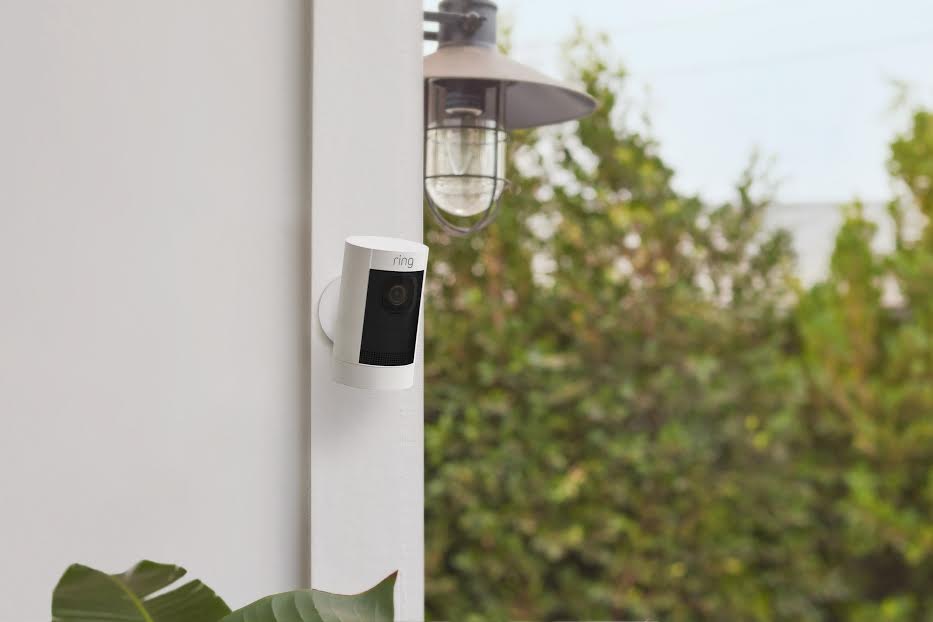

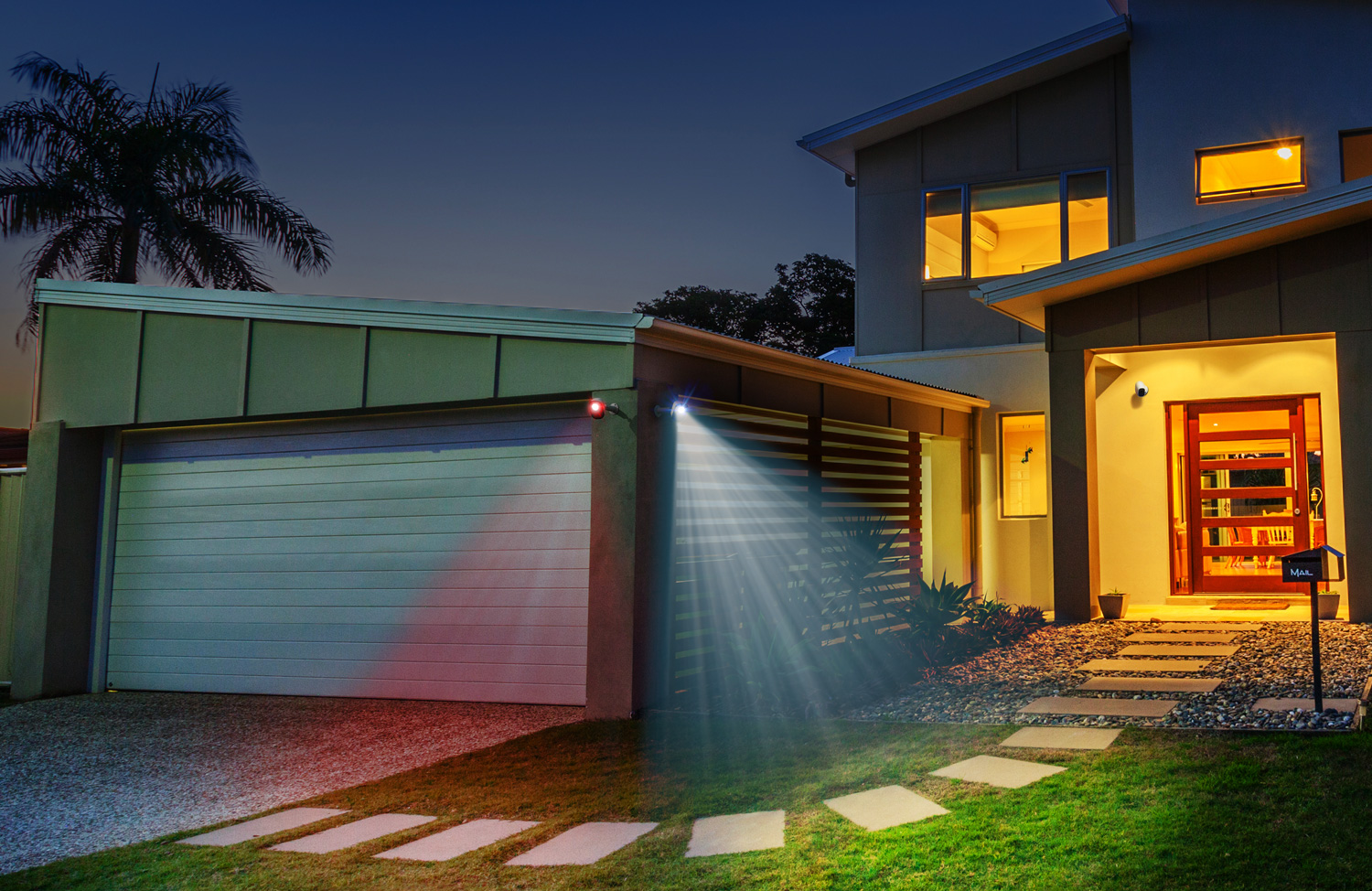

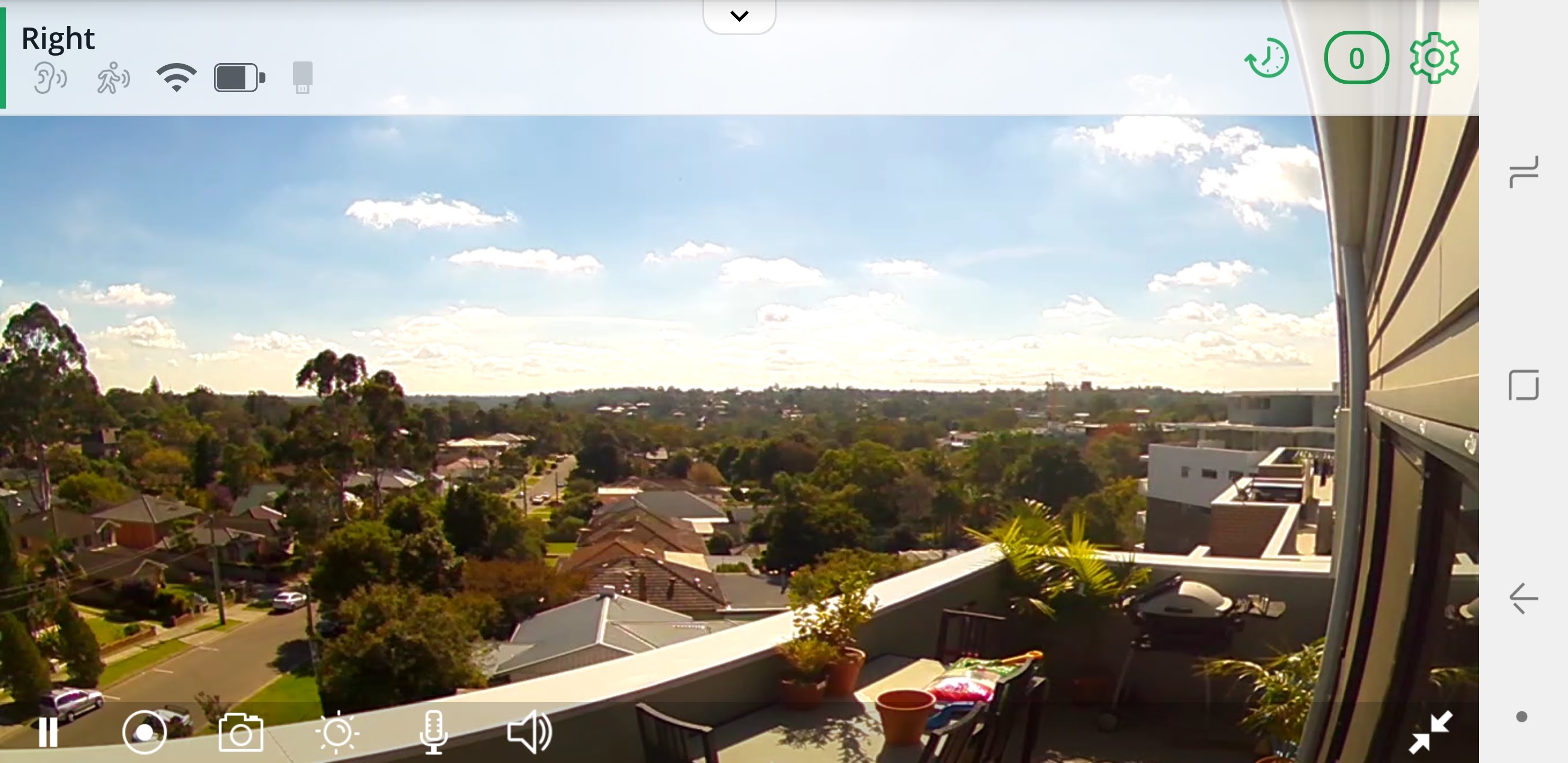
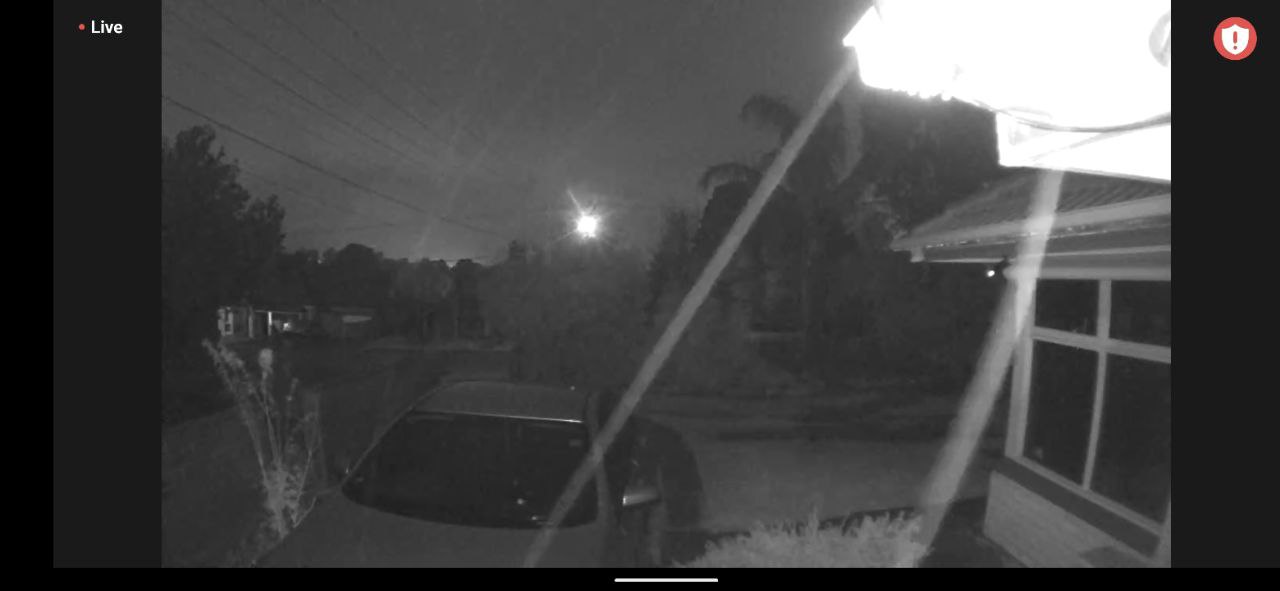

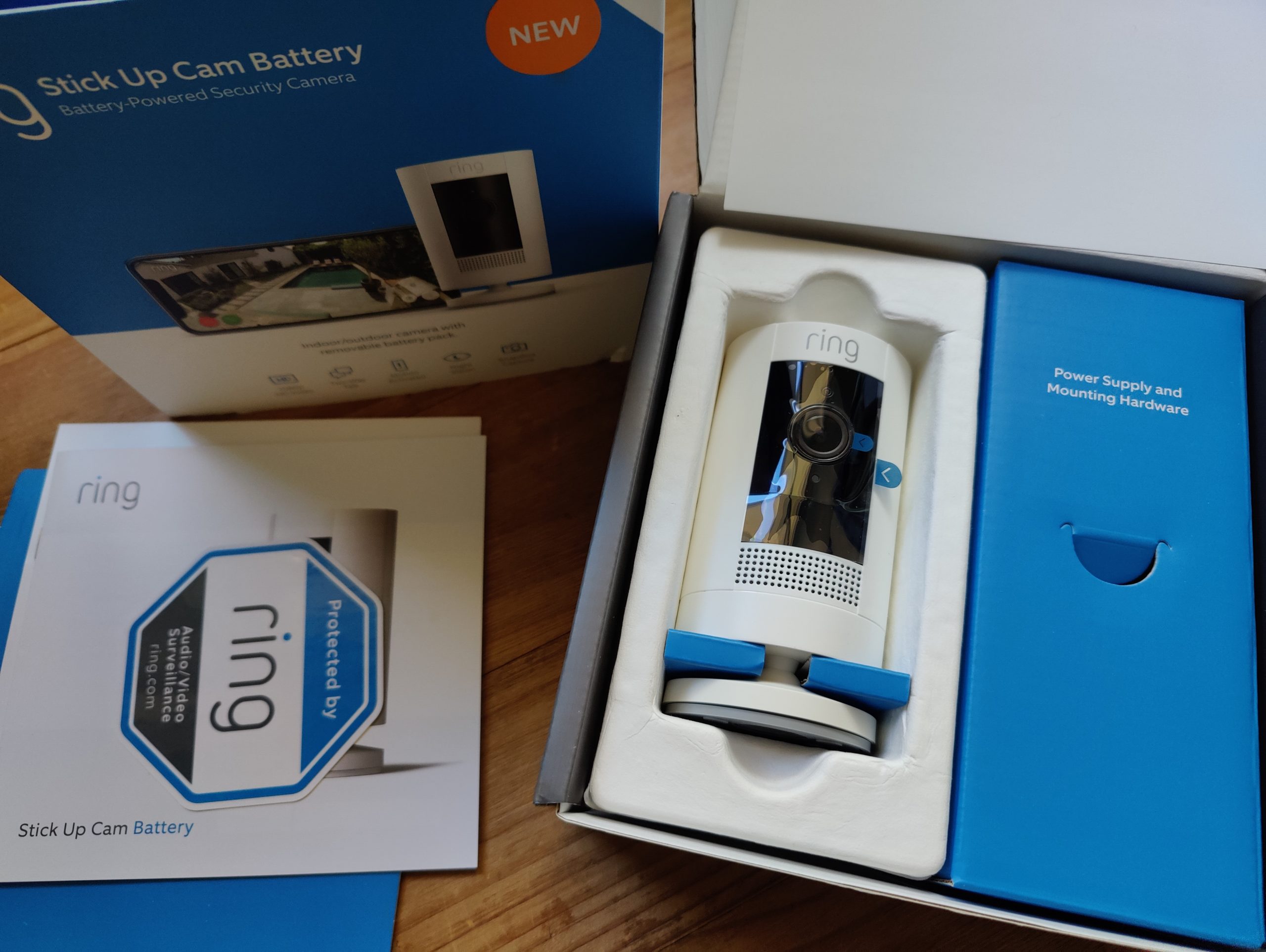
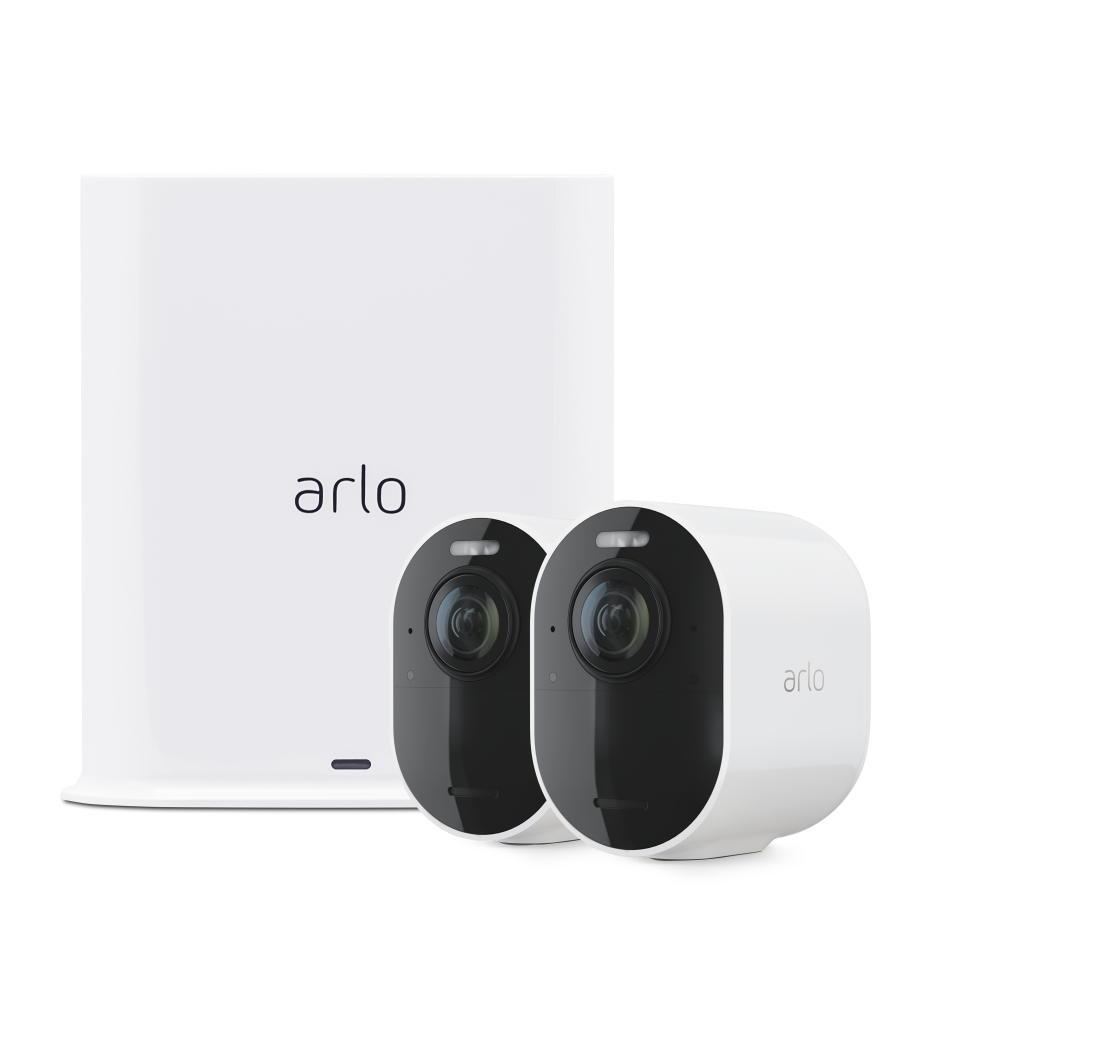



I want ring cams to support apple homekit
hopefully the new MATTER standard allow me to add any device to apple echo system
Apple Echo?
Echo is Amazon.
Great article, Phil. Covers the basics well. We are hoping to start a major renovation next year and installing ethernet cables for a new Swann system with POE cameras is definitely on the list.